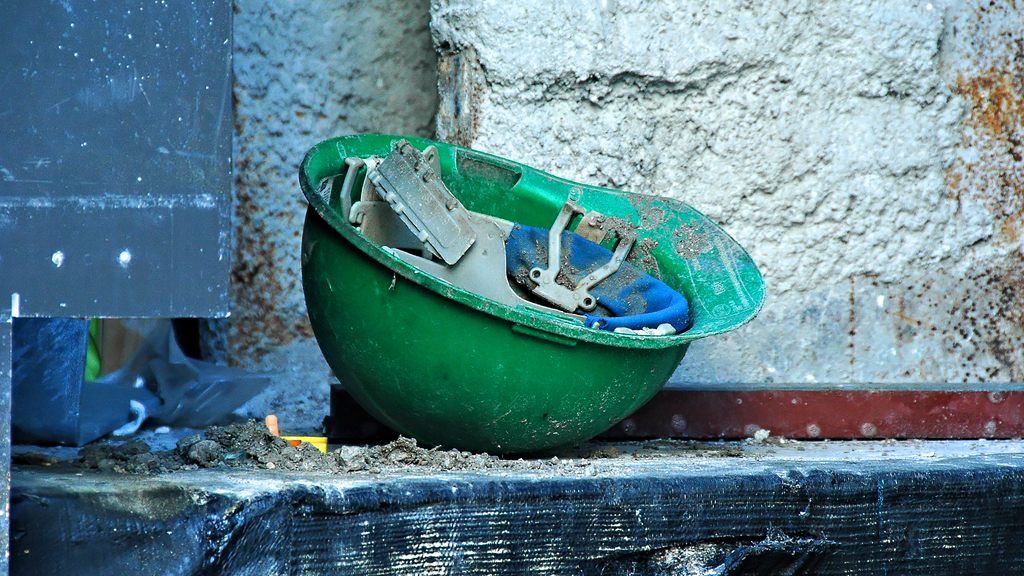How To Reduce The Risk Of Accidents In Your Workplace

According to health and safety statistics published in December 2020,
- 111 workers were killed at work during 2019 and 2020
- 693,000 people sustained an injury at work
- 38.8 million working days were lost due to work-related illness and workplace injury
The consequences of workplace accidents are obvious. Not only are there disastrous repercussions for the individuals involved, but the businesses they work for will also face problems.
There will be damage to the business’s reputation for one, and secondly, there will be a reduction in profits due to a reduced workforce, the need to account for sick pay, and the potential need to rehire. There might also be compensation claims for the business owner to deal with.
If you’re a business owner, you will understand that health and safety needs to be your priority. To reduce the risk of accidents in your workplace, you should adhere to the following.
#1: Incorporate a health and safety plan
This should include risk assessment strategies, employee policies on workplace behaviour, and a written encouragement to all employees to report hazardous practices and equipment faults.
We go into more detail in this article on managing your health and safety strategy. Work with key figures in your personnel on your plan, and remind each worker of their responsibilities on a regular basis.
#2: Commit to employee training
Train employees on the general safety measures needed within your workplace and incorporate the training that is required for specific areas of your business.
This should include equipment training for those employees working with tools and machinery, as well as manual handling and first aid training.
You might be able to carry out some of the training yourself or you could delegate some of this to experienced members of your personnel. There are online training courses available in all aspects of health and safety, and there are also external providers who will be able to visit your workplace.
#3: Provide all the necessary protection equipment
Personal Protection Equipment (PPE) can include safety goggles, gloves, hard hats, face protection, and earmuffs. The equipment will depend on the type of business you run, of course, but there will be industry guidelines you can refer to if you’re unsure.
Train each member of staff on how to use each piece of PPE and commit to spontaneous monitoring to make sure they are wearing everything they are supposed to.
#4: Buy the necessary safety gear
If you’re running a construction business, or if you are reliant on warehouse personnel, you will need the appropriate height, lifting, and moving gear.
You might work within another industry where such equipment is needed, and there might be other items that are specific to your line of work.
When buying something, remember that quality has to be key. Suppliers akin to Lifting365 adhere to stringent health and safety guidelines when choosing what to sell, so consider their services and companies that offer similar.
#5: Inspect, maintain, and if necessary, replace equipment and vehicles
Commit to monthly inspections on all of the equipment and vehicles you use within your business, and arrange for repairs when needed. You should also replace anything that could be considered beyond repair, despite the expense to your business.
There will be long-term savings if you do, as productivity should increase with better-functioning equipment, and you will have less reason to worry about the costs incurred after an accident.
#6: Don’t overwork your employees
Tired and exhausted employees are more likely to cause an accident. They might be tempted to cut corners, for example, in an effort to complete their work to a deadline.
Or they might lose judgement when tired and make silly mistakes within their work. Hire seasonal or temporary staff to reduce the burden of your regular workers if you need to, and encourage your staff to take regular breaks.
#7: Keep a tidy workplace
The workplace should be free of low-hanging wires, debris, and liquid spills. Where there is untidiness, efforts should be made to rectify the problem quickly, with every member of staff given the responsibility to clear their specific workspace.
#8: Screen applicants before employment
For jobs that require employees who are physically fit, pre-placement physicals should always be considered. Accidents can happen when employees aren’t physically capable to carry out the demands of their job, so consider this when engaged in the hiring process.
Be diligent where references are concerned too. If candidates have previously created health and safety problems in the workplace, be that because of behaviour or physical ability, you should think twice before hiring them.
#9: Penalise unruly behaviour
With a warning system in place, your employees should be less likely to behave poorly within the workplace.
Such behaviour can include purposefully misusing items of equipment and acting dangerously around the more dangerous areas of your workplace. Remind your employees of safety and behaviour rules on a regular basis, and enforce your policies when rules are broken.
#10: Have an open-door policy
You can’t be on top of everything that goes on in your workplace on a 24/7 basis, so you will need to be reliant on the help of your staff.
With an open-door policy, they will have the opportunity to report any equipment risks or instances of unruly behaviour to you, and you will then have the incentive to take further action.
Let your staff know that your door is always open, and give them other means to contact you, perhaps through email, text message, or phone call.
These are just a few of the steps you should take to reduce the risk of accidents in your workplace. Of course, accidents can still happen, despite your best-laid plans.
For this reason, you need to have policies in place detailing what should happen if an employee is hurt.
This should include information on who to call in an emergency and details of any employee who is trained in first aid. You might also have to report the accident to RIDDOR.
Do what you can to keep your employees safe. By doing so, you will reduce the risk of harm to your staff members and you will reduce the damage it could do to your business.




